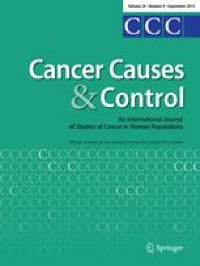Evaluation of the effect of methotrexate on the hippocampus, cerebellum, liver, and kidneys of adult male albino rat: Histopathological, immunohistochemical and biochemical studies.
Acta Histochem. 2021 Jan 16;123(2):151682
Authors: Ahmed ZSO, Hussein S, Ghandour RA, Azouz AA, El-Sakhawy MA
Abstract
Methotrexate (MTX) has been used for treatment of autoimmune diseases, inflammatory disorders as rheumatic arthritis, and different types of cancers. However, it has shown adverse effects on vital organs. The current study was conducted to investigate the toxic effect of MTX on the hippocampus, cerebellum, liver and kidneys of adult male albino rats. MTX was injected weekly at 5 mg/kg body weight via I/P injection for 6 weeks. At the end of the experiment, histopathological, immunohistochemical and biochemical evaluation were performed on the hippocampus, cerebellum, liver, and kidney tissues of the sacrificed rats. We observed that methotrexate induced neural tissue damage in the hippocampus and cerebellum, degeneration of hepatocytes, congestion of the central vein and blood sinusoids of the liver, distortion in the renal corpuscles and necrosis of the renal tubule. Immunohistochemical findings revealed strong positive expression of Caspase-3, PCNA and GFAP. Biochemical stu dies revealed significant elevation in the serum levels of AST and ALT, in addition to high serum concentrations of creatinine and urea. Also, MTX injection increased MDA, while it decreased GSH, SOD and AChE levels. We conclude the ability of MTX to induce oxidative stress that results into apoptosis and tissue injury, leading to neurotoxicity, hepatotoxicity, and nephrotoxicity.
PMID: 33465564 [PubMed - as supplied by publisher]




